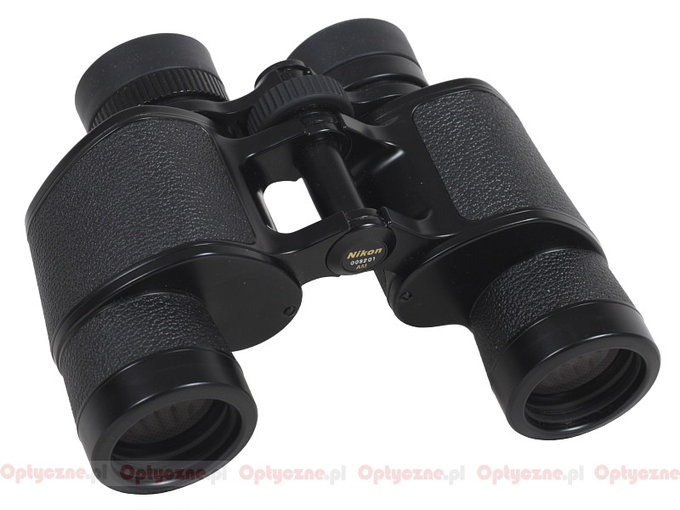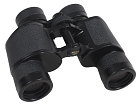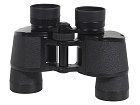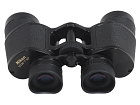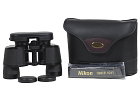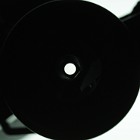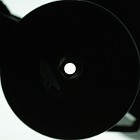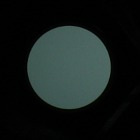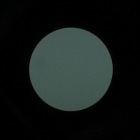Nikon 10x35E II
The binoculars have a very classic look but the material they were made of are nothing but contemporary and the production process takes place in Japan. The casing is made of magnesium alloys, ecological lead-free glass is used in optics and the antireflection coating, featured here, meet contemporary standards. The only negative change, in comparison to the E series is the case. A small, Japanese masterpiece of leathercraft in the form of a beautiful leather hard case used to be added to these binoculars. Now we deal with a soft case produced in China which doesn’t stand out from others.
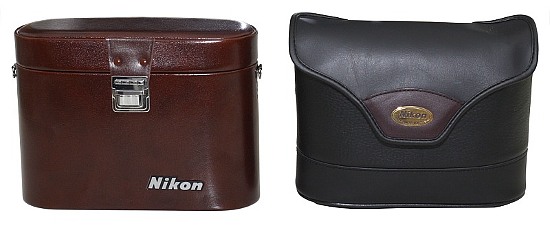 Series E (left) and EII (right) binoculars cases. |
The buyer gets two caps, a strap, and soft case in the box. The binoculars come with a 10-year guarantee.
| Magnification | Lens diameter | Angular field of view | Prisms | Eye relief | Weight | Price |
|---|---|---|---|---|---|---|
| 10 | 35 | 122/1000(7o) | BaK-4/Porro | 13.8 mm | 625 g | 1899 PLN |
Summary
Pros:
- classic and solid casing at the same time,
- good transmission,
- very good colour rendering,
- huge field of vision,
- negligible astigmatism,
- low coma,
- slight light fall-off on the edge of the field of vision,
- good blackening and cleanliness inside the inner tubes,
- circular exit pupils on a dark background,
- high class of prisms and coatings.
Cons:
- the image on the very edge could have been sharper,
- not fully waterproof.
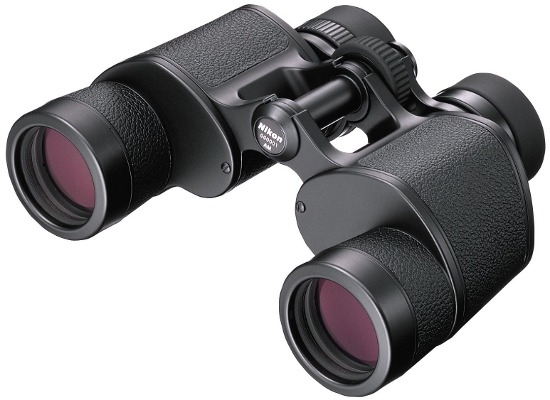 |
On the one hand, brutally speaking, this pair of binoculars is a relict of the previous era. We deal here with a classic Porro construction which is neither waterproof nor nitrogen-filled, doesn’t focus from one meter, has rubberized eyecups without click-stops and eyepieces with too small eye relief distance to meet contemporary standards.
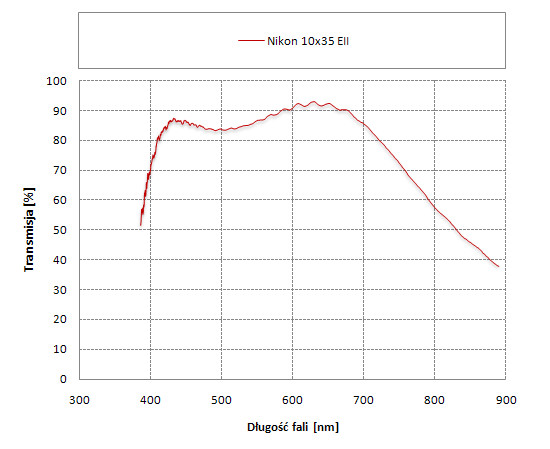 |
Does buying this pair of binoculars make sense? The answer could be only positive and the excellent result this device got in our test is a very good argument supporting it. If you add a fantastic field of view, a light but solid casing and a very affordable price for such a performance it would be difficult not to recommend these binoculars to anybody who doesn’t plan using it in extreme humidity.
On the other hand, Zeiss instruments from Jena, which have been used for several dozen years now, are not waterproof either and still they manage to work in such conditions which would be too demanding form many contemporary constructions. The Nikon’s 10x35 EII workmanship is even better than that of Jena Zeisses so I think even difficult weather conditions won’t be such a challenge. I guess even after 20 or 30 years from the purchase the owner of this instrument will be able to enjoy its solid build quality and classic looks whereas cheaper but allegedly waterproof binoculars, produced in China, by that time will have been recycled and forgotten.
We don’t intend to split hairs here and weight every single advantage and disadvantage. In fact the summary of this test could have been the same as I wrote in the case of another classic pair of binoculars so the Swarovski Habicht 10x40W. If you like such constructions and if you glance at the final result of the tested Nikon you will know what to do. If you prefer contemporary roof prism devices, however, you won’t be tempted by even the best achievements of a classic Porro construction.





